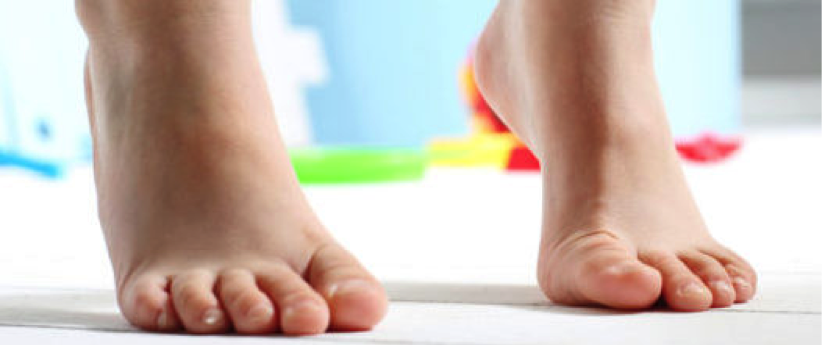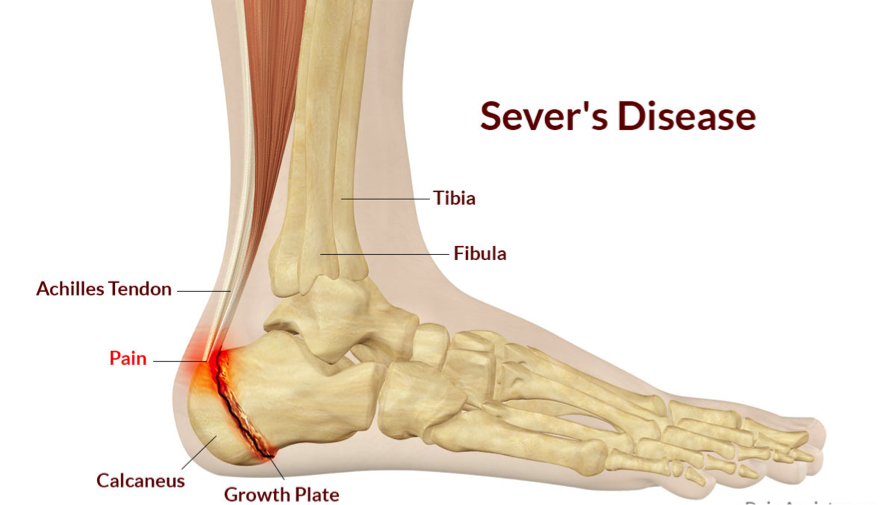Don’t ignore heel pain in young athletes!

Is your young sports star suffering heel pain? Let me tell you, they are not alone. Heel pain in young growing active individuals is usually due to a condition medically known as “Severs Disease”. Although it sounds quite dramatic it is very common benign condition affecting active (boys usually) between the ages of 8 – 14. It is caused by an irritation of the growth plate of the heel bone brought on by recent and increased pull from the Achilles tendon. When your child is growing, it is usually the bones that start to grow first, leaving behind the muscles and tendons to adapt and catch up. This leads to the tendons pulling at the insertion – point of attachement.
What are the symptoms?
- Pain around the perimeter of the heel during physical exercise – particularly activities involving lots of jumping and running
- Pain becomes worse at the BEGINNING and AFTER exercise
- Changes in the way your child walks – walking on toes is common
- Swelling, redness or tenderness around the back of the heel
 How can we help?
How can we help?
The good news is, there are lots of effective ways to help your child throughout their active lifestyle during this stage. Firstly, as mentioned, this is a condition associated with growth and is often self-limiting. During this time, we suggest you speak to your health practitioner in regards to treatment and management. Strategies that may be implemented with your sports star are:
- Alter and manage the current load, frequency, duration or nature of the physical activity your child is involved in. This may require management of two different sports i.e. Football and basketball.
- Trialing a change in footwear or utilising gel heel cups to take tension off the Achilles tendon.
- Addressing underlying biomechanical issues such as foot posture. Taping, orthotics or strengthening exercises may be given
- Cold packs for 15 minutes if flare ups occur
- Pain relief medication after consulting your doctor or pharmacist for advice.
- Avoiding movements that will overly stretch the tendon at the heel – i.e. heel raises off a step, jumping or hopping.
Recovery of this condition can take anywhere between 2 weeks to 6 months, however it is important to consult with your health professional to prevent reoccurrence and to get them back out on the field pain free!
This article was written by Dr Kane Theisinger
